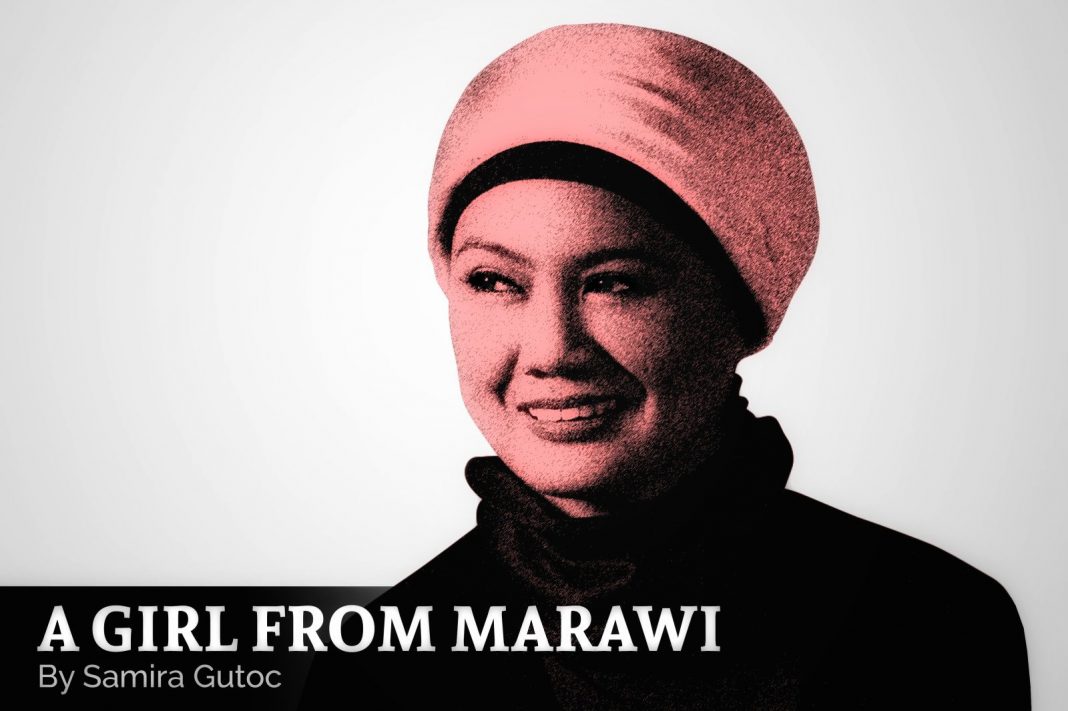By Samira Gutoc
As we confront quarantining in the 6th month, we discover the many ways to survive and heal. Many of us have turned to ancient uncodified practices and to our hilots. So I honor our traditions as August 9 is World Indigenous Peoples Day. As a Maranao (People of the Lake), one of 13 ethnolinguistic groups among the Bangsamoro, I am proud to be part of centuries-old communities that fought against colonization.
Sadly these are the communities that are poorest and are victims of development “aggression” on their lands. As we return back to school, may I reiterate the need to put special attention, affirmative funding and slot support for scholarships for the indigenous peoples who live far from virtual connectivity.
One of the distinct philosophies we can appreciate from the cultural communities is their deep sense of respect for the elderly. Arbitration and mediation and even decision-making must be sought from the protocols heavily embedded in the unwritten codes.
Sadly, appreciating indigenous peoples is not a way of life in our modernizing society that is engrossed in pop culture. Social media access has not helped which has even deepened stereotypes of the ignorant, nakabahag na tribo (tribes wearing loincloths). Negative stereotypes abound more so for Muslims post 9-11 that mistaken arrests have been a reality. I remember in Manila having had a hard time hailing a taxi. Applying for TV as a reporter, one station manager blatantly asked if I would remove my veil.
Thus it is with pride to have joined a group of indigenous and Moro leaders through former Dean Tony La Vina to question the Anti Terror Act in a petition we filed before the Supreme Court just this Friday.
The problem with being tagged as a terrorist back home in the South is that such would justify airstrikes and offensives in a community where civilians are a majority . Kasama pa dito ang kaliwa’t kanang armadong bakbakan, pagaalipusta sa mga checkpoint at pagkakadiskrimina sa mga babaeng nakasuot ng niqab (veil). Iilan lamang ito sa mga nararanasan natin sa ating kumunidad.
Not to mention, the attacks on life, liberty and property during the Marawi siege, where all our households were ransacked without proper accounting and explanation, up to this day.
We have always offered positive participation as a civil society. The primacy of the peace is well-stated in our constitution and aspiration and deeply entrenched in the tri-peoples of Mindanao – Muslims, Christians, and Lumads.
My research on tagging is contained in a paper on Politics of Labelling Philippine Muslims https://arellanolaw.edu/alpr/v6n1b.pdf
Then MSU Gensan Professor Rufa Mae Guiam suggests those who report on the Mindanao peace process need to go back to the historical background of the Muslim Christian conflict. They need to examine not only one source but all possible source of information about the circumstances that engendered the war in Southern Mindanao. Doing so will help the journalists ask sensitive and intelligent questions when they interview informants from both sides of the conflict. In addition, the journalist must read up on the various cultures of the thirteen Muslim ethnolinguistic groups, as no two groups are the same, even if some speak mutually intelligible languages. Similarly, regarding the terminology used, there is a need to be highly conscious of the distinctions of terms denoting religious identity and those used to refer to cultures or groups of people.41 Reporters need to know when to use the word Muslim and cultural terms like Maguindanaon. More importantly, they should be careful when describing people who are criminal suspects, avoiding mentioning an individual’s religion as this may serve to create more divisions in an already fragmented society.
The media’s vital role in promoting peace was recognized by the UNESCO. As proposed by the Assistant Director-General for Information and Communication, “I am most convinced that media have an enormous capacity for not only bridging the gap between different cultures by sharing information and cultivating dialogue but also promoting mutual knowledge and better understanding in society.” Telling the truth about the “other” requires introspection and self-examinations of prejudices, biases and “moral frontiers.” Finally, it is urged that there must be an active response and initiative from Muslims themselves in a public relations campaign to clarify misconceptions and stereotypes through academics for media appearances and advertising, business and tourism partnerships, etc.
If we were part of the media world as Muslims accepted by its neighbors, we don’t need to worry. But to this day, there are no wide-spread shows featuring Muslims and Islam. All these add to suspicion, buttressed by centuries of tyrannical stereotypes against jihadists.
What we need is more of peace and Islamic Studies and education, fight disinformation and stereotyping about Muslims and Islamophobia.
* * *
We condole and grieve with LEBANON as its capital Beirut’s blast saw at least 137 people killed and left some 5,000 wounded














